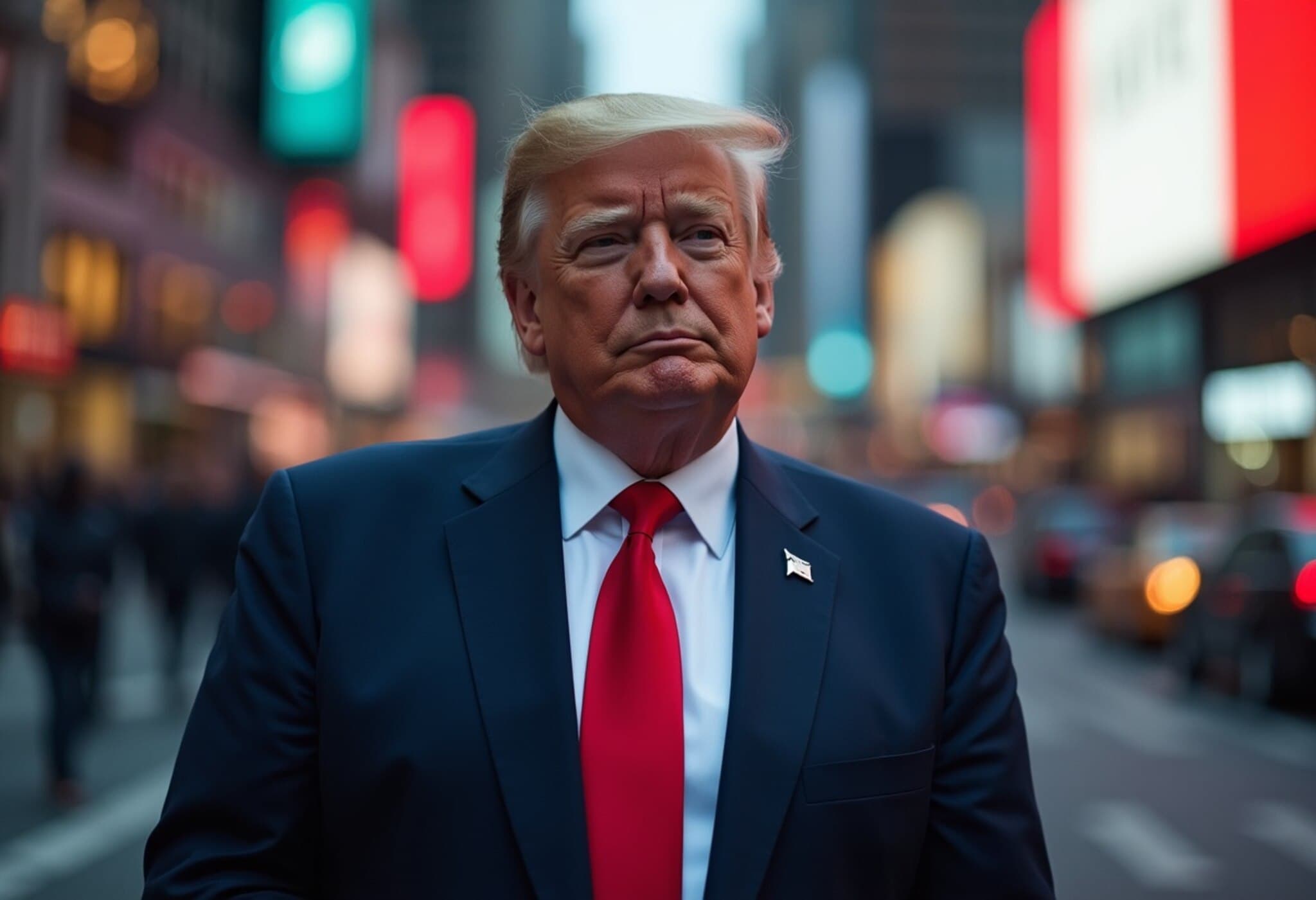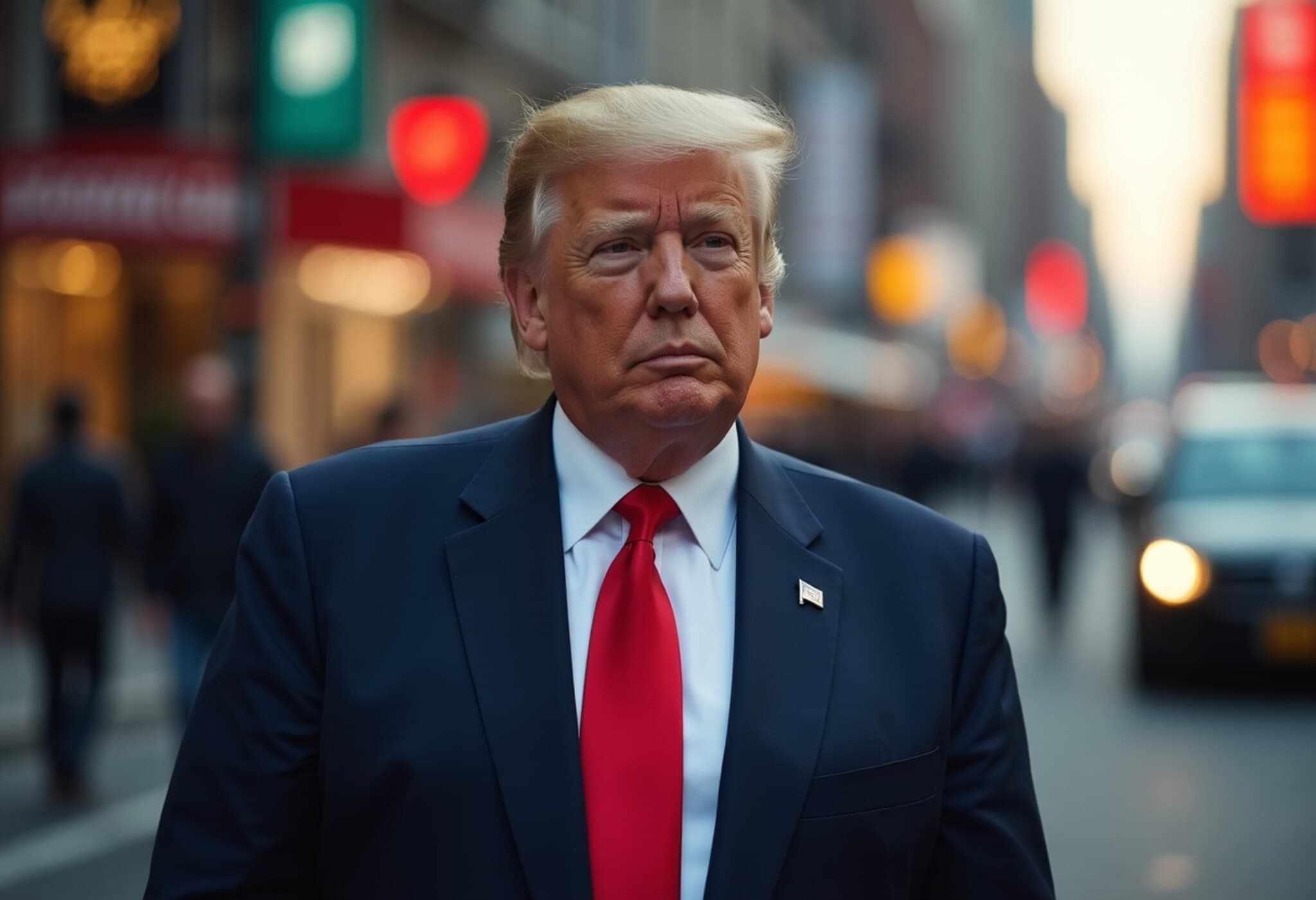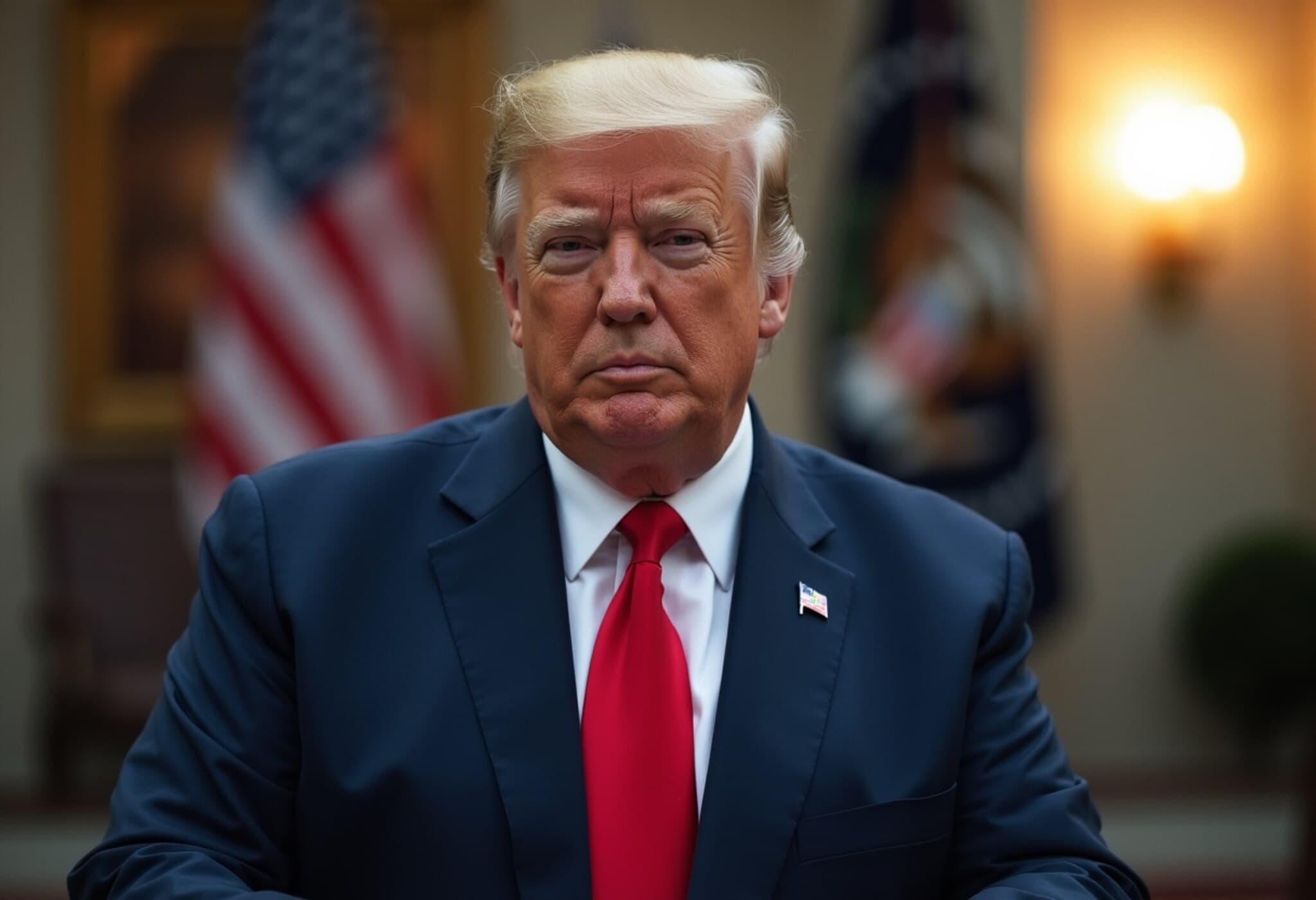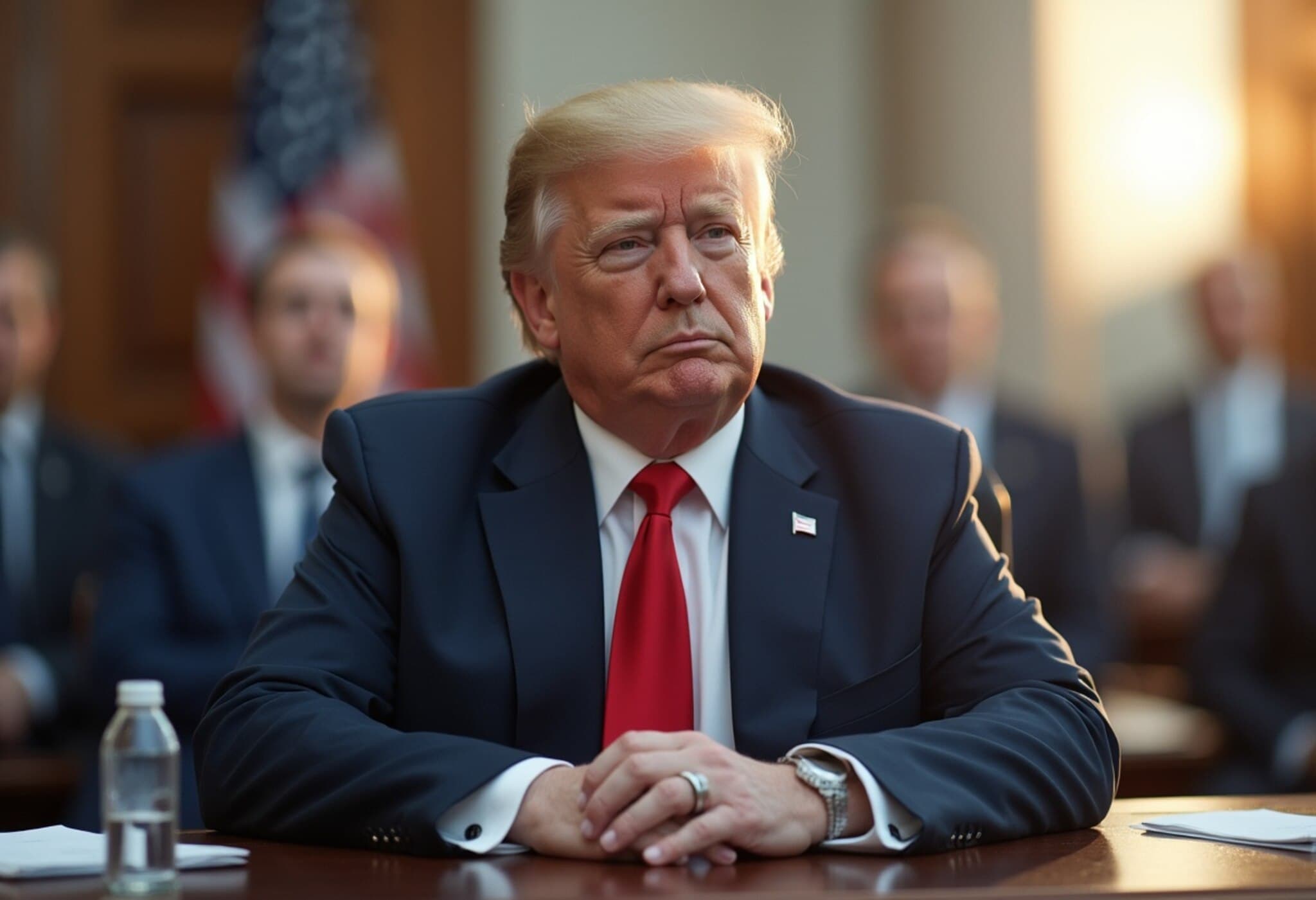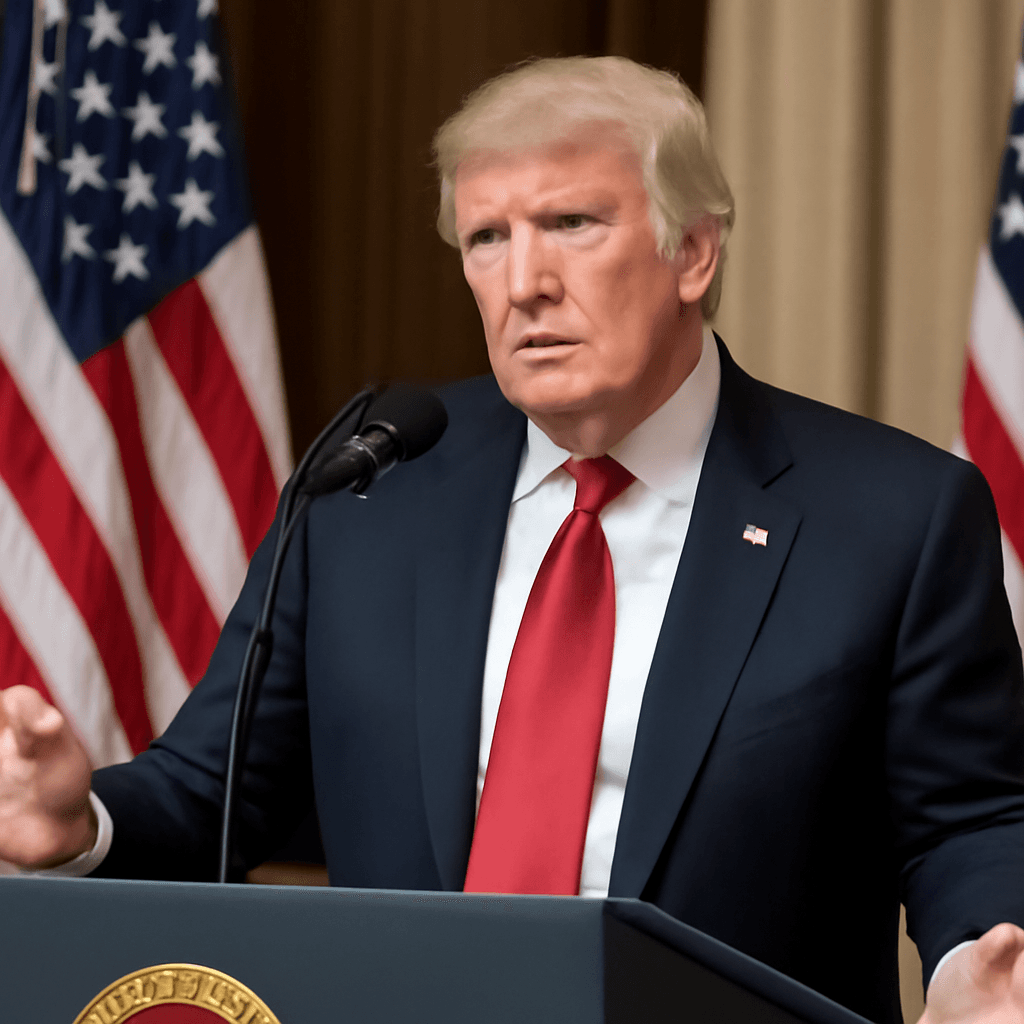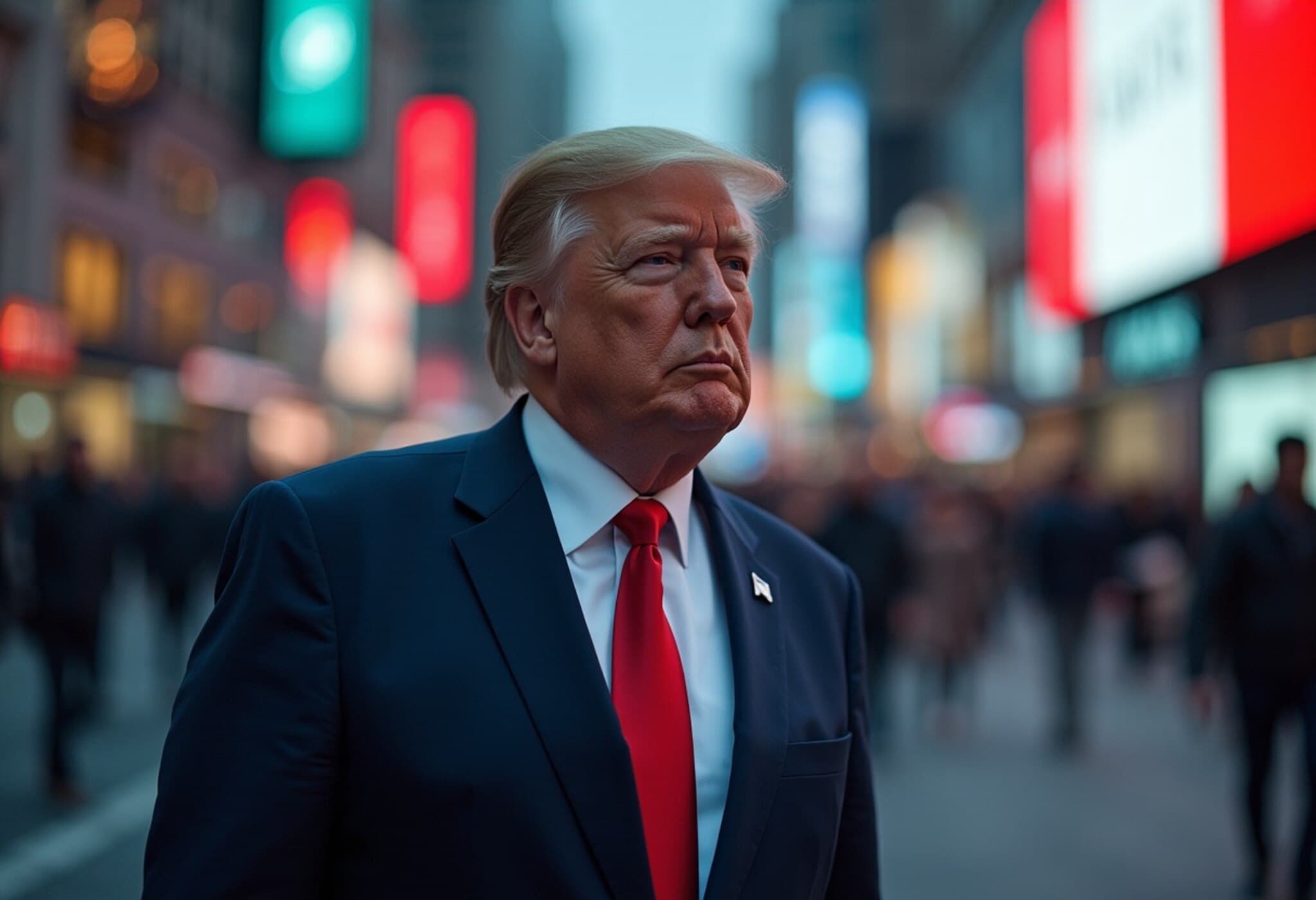US and Global Markets Suffer Amid New Tariff Announcements
On August 1, 2025, President Donald Trump’s announcement of sweeping tariffs on more than 60 countries triggered a swift and negative reaction across global stock markets. The United States saw a sharp sell-off as futures for the Dow Jones Industrial Average, Nasdaq 100, and S&P 500 all plunged by more than 1%, halting recent gains and fueling investor anxiety.
Market Declines Extend Across Asia and Europe
The ripple effects were felt across continents, with Asia and Europe joining the downward momentum. Key Asian indices, including Japan’s Nikkei, China’s blue chips, and Hong Kong’s Hang Seng, closed lower, impacted by tariff hikes reaching up to 25% in some countries like India, where the Sensex and Nifty 50 both shed nearly 1% by day’s end.
Meanwhile, the European Stoxx 600 index dropped approximately 1% within the first hour of trading and was on track for its worst weekly performance since April, down nearly 1.7% for the week. This reflects sustained investor concerns over escalating trade conflicts and their impact on global supply chains.
Expert Analysis: Navigating a Complex Terrain
Market strategist Fawad Razaqzada of City Index described the current environment as a “push-pull” scenario. On one side, robust performance from Big Tech giants, propelled by advancements in artificial intelligence, has been uplifting the markets. Yet on the flip side, geopolitical tensions, valuation doubts, and unpredictable monetary policy loom large, creating a precarious outlook for sustained growth.
This duality emphasizes how technological innovation alone cannot insulate markets from the broader repercussions of trade policy uncertainty.
Lessons from Earlier Trade Disruptions
Comparisons to April’s market turbulence — when the initial ‘reciprocal tariffs’ were introduced — reveal the evolving investor mindset. Wei Yao, chief economist at Société Générale Asia, points out that while the tariffs announced in August are harsher than expected, the global financial community has grown more accustomed to managing and absorbing tariff impacts in the range of 15-20%.
This growing adaptation suggests markets may be developing a new baseline for risk assessment relating to trade policy, although significant risks remain.
Broader Economic Implications
- Consumer Prices and Inflation: Heightened tariffs often translate into higher import costs, which can drive up consumer prices, potentially stoking inflationary pressures that challenge Federal Reserve policy decisions.
- Supply Chain Disruptions: Cross-border supply chains could face increased friction, forcing businesses to alter sourcing strategies and potentially increase operational costs.
- Investor Confidence: Sustained uncertainty can dampen investment and corporate spending, slowing economic growth and employment gains.
Impact on Major US Stocks
Notably, some heavyweight stocks experienced amplified volatility. Amazon's shares slid sharply by 7% following disappointing operating income reports for the quarter, underscoring how company-specific performance intertwines with the broader market mood.
What Lies Ahead for Markets and Policymakers?
The current scenario places US policymakers and multinational corporations at a crossroads. Balancing the assertion of trade leverage with the imperative to maintain global economic stability will require nuanced strategies. For investors, vigilance remains key amid rapidly shifting signals.
Critical Questions Moving Forward
- How will prolonged tariff tensions influence US consumer prices and corporate profitability?
- What contingency plans are companies weighing to mitigate supply chain vulnerabilities?
- Could renewed negotiations or international cooperation provide a pathway to de-escalation?
- How might the Federal Reserve adjust monetary policies in response to inflationary effects related to tariffs?
Editor’s Note
President Trump’s aggressive tariff strategy underscores the fragile interplay between trade policy and global markets. While initial shocks have been somewhat absorbed compared to earlier clashes, the long-term ramifications on inflation, investor sentiment, and international relations remain uncertain. This moment calls for heightened awareness not only from investors but also policymakers who must navigate complex geopolitical dynamics without jeopardizing economic recovery.
As the story unfolds, watching how technology-driven sectors balance against trade-induced headwinds will offer crucial insight into the broader resilience of the global financial ecosystem.

